90% More Chances to Win Projects With Our Estimate!
- Multi-Family Building
- Hotel Building
- Hospital Building
- Warehouse Building
- School & University Building
- High-Rise Building
- Shopping Complex
- Data Center Building
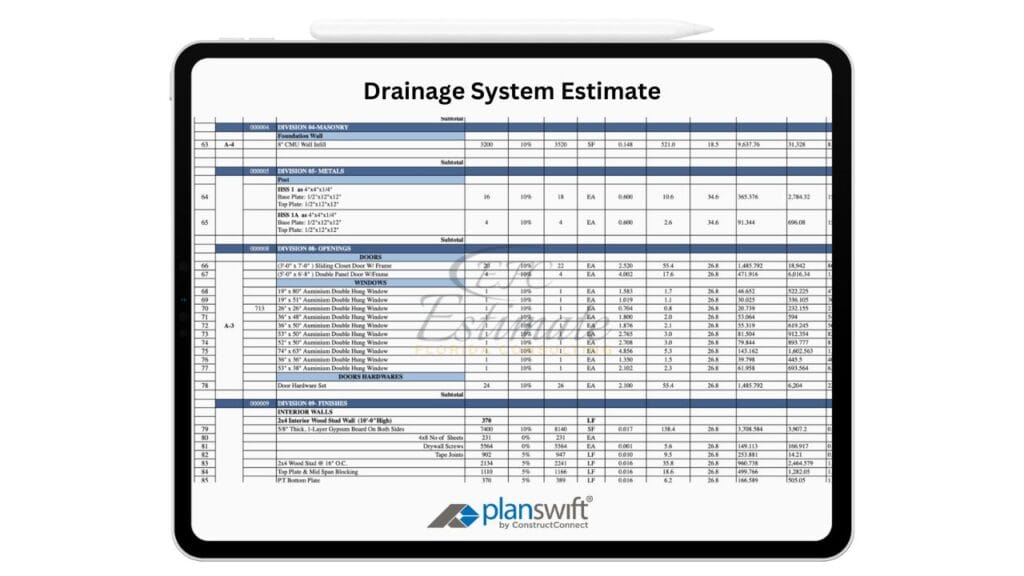
A drainage system typically costs $12 to $30 per linear foot or $1,200 to $4,800 for exterior yard and landscape applications. For a basement or interior perimeter drain, the cost increases to $48 to $102 per linear foot or $4,800 to $14,400.
Additionally, an exterior footing or drain tile installation costs between $7,200 to $18,000.
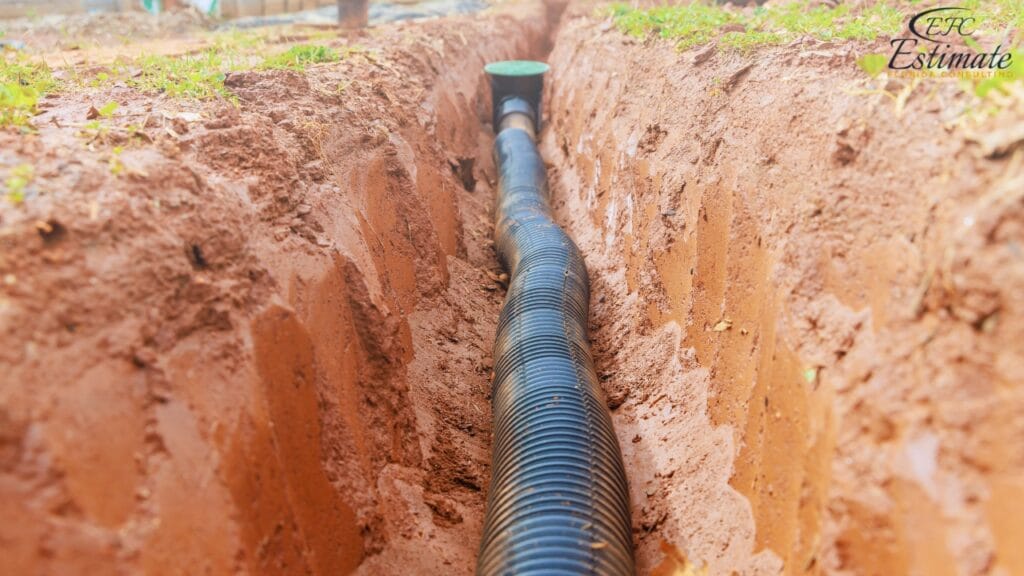
The average cost of a drainage system in a yard ranges from $1,200 to $4,800. An underground downspout drainage system costs $180 to $420 per downspout. A basement or interior perimeter drain tile system costs $4,800 to $14,400. Exterior weeping tile installation now costs $1,800 to $4,800 per side of the house.
Type | Average Cost |
Curtain / Shallow French Drain | $1,200 – $4,800 |
Exterior Drain Tile (per side of house) | $1,800 – $4,800 |
Crawl Space Interior Drain | $960 – $3,600 |
Basement Interior Perimeter Drain | $4,800 – $14,400 |
Yard Drainage System | $1,440 – $9,600 |
Underground Downspout Extensions (each) | $180 – $420 |
Window Well Drain | $1,200 – $3,000 |
Dry Well / Vertical French Drain | $360 – $1,800 |
Sump Pump | $600 – $1,440 |
Swale / Irrigation Ditch | $300 – $1,200 |
Yard Grading | $600 – $3,600 |
Retaining Wall | $3,000 – $8,400 |
Rain Garden | $600 – $3,600 |
Each drainage system type addresses specific water problems. French drains help remove water from around a home’s foundation or wet basement floor. Trench drains are suitable for driveways, and yard drainage systems work best for managing standing water in lawns.
Type | Cost Per Linear Foot |
Shallow French Drain / Curtain Drain | $12 – $36 |
Exterior French Drain | $12 – $42 |
Interior Perimeter Drain | $48 – $102 |
Trench or Channel Drain | $36 – $180 |
Yard Drainage System | $9.60 – $18 |
Catch Basin / Storm Drain | $9.60 – $18 |
Underground Downspouts | $18 – $42 |
Swale / Irrigation Ditch | $6 – $18 |
The cost of exterior French drain installation now ranges from $12 to $42 per linear foot, or $1,200 to $4,800 for around the house, yard, or curtain drain systems. Interior perimeter French drains now cost $48 to $102 per linear foot, or $4,800 to $18,000 for crawl space and basement drain systems.
Type | Cost per linear foot (LF) | Average total cost |
Surface-level French drain in yard | $12 – $36 | $600 – $6,360 |
Curtain drain / shallow French drain | $12 – $42 | $1,800 – $10,560 |
Exterior French drain / weeping tile around house | $36 – $108 | $1,440 – $5,400 |
Interior perimeter French drain for basement | $48 – $102 | $4,800 – $20,400 |
Interior French drain for crawl space | $24 – $48 | $2,400 – $9,600 |
Shallow French drains, also known as curtain drains, are designed to divert exterior surface water away from the house. These systems prevent water from pooling around the foundation, reducing the risk of water seepage into basements or crawl spaces. They are typically installed just below the surface and are ideal for managing runoff from rain or irrigation systems.
Interior perimeter French drains are installed around the edges of a basement floor. These drains capture water that seeps through the foundation walls or basement floor and direct it into a sump pump or drain line. This system is a key solution for homes dealing with regular basement flooding or moisture buildup, as it actively prevents water damage and mold growth.
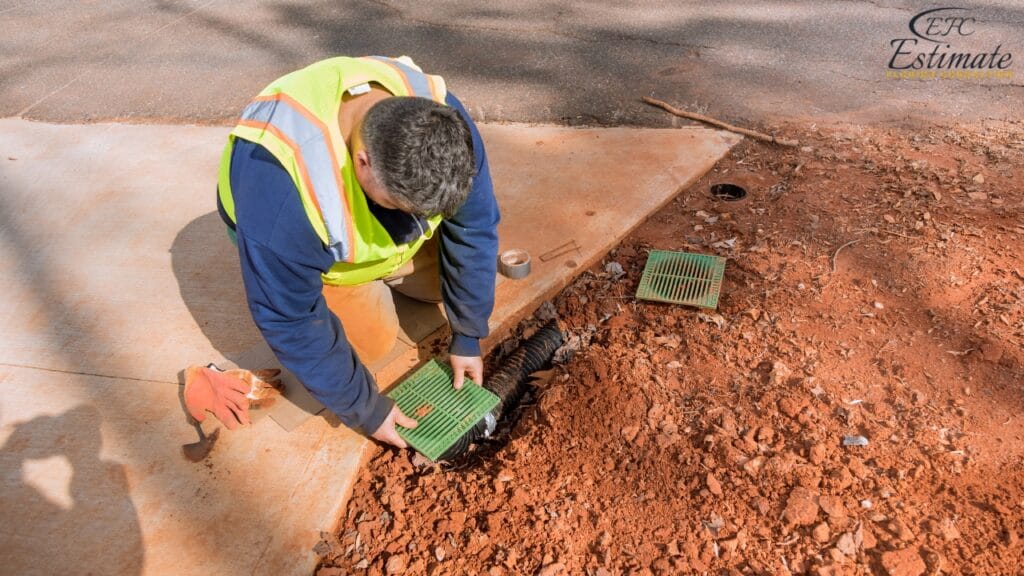
Deep footing or weeping tile drains are installed along the perimeter of a house, near the foundation’s footings. These systems are crucial for stopping groundwater from entering the basement. By channeling water away before it can seep through the walls or floor, weeping tiles help maintain a dry and stable basement environment. This is especially important in areas with a high water table or heavy rainfall.
The average cost to install a trench or channel drain ranges from $30 to $150 per linear foot. The total cost depends on the material used for the channel and grate, with options like plastic, metal, or concrete. These drains are typically installed in areas like driveways, patios, and concrete slabs, where surface water needs to be efficiently channeled away. Trench drains feature a flush grate surface that catches water and directs it into an underground drainage channel.
For driveway trench drains, the cost varies depending on the size of the driveway and the width of the channel, typically ranging between 4″ to 8″ in width. The materials used for the grate, such as plastic, metal, fiberglass, or concrete, also affect the price. The average cost to install a driveway trench drain is between $400 and $2,400, with these drains effectively preventing water from pooling or entering the garage.
Material | Average Cost |
1-Car (10′ – 12′ Width) | $400 – $1,200 |
2-Car (20′ – 24′ Width) | $800 – $2,400 |
1-Side (18′ – 30′ Length) | $700 – $3,000 |
Installing a sub-surface yard drainage system typically costs between $8 and $15 per linear foot, with total costs ranging from $1,200 to $8,000 depending on the size of the lawn. These systems use drainage pipes connected to drop inlets or catch basins, which direct water runoff to emitters. The yard surface is graded to ensure proper water flow towards the inlets. The overall cost can increase if there are obstacles, such as roots, sprinkler systems, swimming pool pipes, or utility lines. Water from the drainage system can be discharged into a dry well or the municipal drainage system.
Storm drain installation costs $8 to $15 per square foot for a system of catch basins connected to underground stormwater pipes. Plastic catch basins range in price from $20 to $130 each, with sizes up to 24″ x 24″. Pre-cast or cast-in-place concrete drain boxes are significantly more expensive due to the material and labor involved.
Catch basins, or backyard storm sewers, function similarly to inlets but are typically larger. They consist of a drain box with a removable grate that collects stormwater while filtering out debris before water flows into the drainage pipes. Regular cleaning of the grate is necessary to maintain efficiency, and the removable design makes this task convenient.
The cost of installing an underground downspout drainage system ranges from $150 to $350 per downspout. This price includes the catch basin, downspout extension, trenching, drain pipe, and the bubbler system, which helps to direct water away from the foundation. Downspout extensions alone cost between $5 and $25, depending on the length.
System | Average Cost |
Downspout Extension | $5 – $25 |
Rain Barrel Kit | $80 – $200 |
Bury Downspout Underground | $150 – $350 |
Install Dry Well | $300 – $1,500 |
A properly installed gutter drainage system ensures that downspouts are positioned at least 10 feet away from the property, preventing water damage. Water can be directed above ground through a downspout extension or buried underground, connecting to a drainage pipe leading to a bubbler system or dry well.

A dry well is an underground tank designed to collect stormwater runoff and slowly release it into the ground, replenishing the water table. Costs vary depending on the material used:
Type | Average Cost |
Gravel / Loose Stone | $50 – $250 |
Prefabricated Plastic Tank | $200 – $700 |
Concrete Tank | $500 – $3,000+ |
Multiple dry wells may be required in large yards with extensive drainage problems. Dry wells perform best in sandy soils with a low water table, where water can drain effectively.
A vertical French drain, also known as a seepage pit, typically costs between $50 and $250 to install, depending on factors such as the size, type of gravel used, and soil conditions. This drainage solution involves a deep hole filled with gravel, designed to collect and release stormwater runoff more efficiently than traditional dry wells.
Type | Average Cost |
Vertical French Drain | $50 – $250 |
Vertical French drains are commonly used as effective exit points for various water management systems, including:
The gravel in the vertical French drain allows water to seep into the soil quickly, making it ideal for areas prone to heavy rainfall or poor drainage. Both vertical French drains and dry wells are excellent choices for managing excess water around homes and landscapes.
The average cost to install a window well drain ranges from $1,000 to $2,500. This cost is influenced by various factors such as the foundation type, size, materials used, and grading. If you’re looking for a complete basement egress window and well system, you can expect to pay between $2,500 and $6,500, depending on whether the system is prefabricated or custom-built.
Window well drains consist of a gravel-filled base, typically incorporating a grate and a vertical pipe that leads to the existing drainage system. They play a crucial role in protecting sub-grade egress windows and preventing water damage to foundations and basements.
Type | Average Cost |
Window Well Drain Installation | $1,000 – $2,500 |
Complete Basement Egress System | $2,500 – $6,500 |
Various landscape drainage systems are available for addressing surface water problems. Below are some common options and their associated costs:
System | Average Cost |
Yard Grading | $500 – $3,000 |
Rain Garden | $500 – $3,000 |
Drainage Swale | $5 – $15 per linear foot |
Retaining Wall | $15 – $40 per square foot |
A drainage swale is typically priced at $0.50 to $1.00 per square foot or $5 to $15 per linear foot, depending on size, depth, and required grading. These swales or irrigation ditches help control the flow of stormwater runoff by grading a sloped channel into the lawn, which can be surfaced with grass, vegetation, or crushed stone.
Regrading or resloping a yard costs between $500 and $5,000, depending on lawn size, soil quality, topography, and whether re-sodding is required. This process employs heavy machinery to alter the direction of water flow permanently, addressing issues like saturated subsoils and landslides.
Installing a rain garden costs $5 to $15 per square foot, totaling $500 to $3,000 based on soil conditions and the density and types of plants used. Rain gardens are strategically placed at the end of a French drain to enhance drainage and manage water runoff.
The cost to build a retaining wall ranges from $40 to $300 per linear foot, depending on materials, excavation, drainage outlets, and whether steps are included. Retaining walls are effective for controlling and slowing water runoff, preventing erosion on slopes, and are often used alongside shallow French drains.
Drainage systems are crucial for protecting homes from water damage, and their installation costs vary widely based on type, location, and the specific requirements of the property. Here’s a detailed breakdown of the average costs associated with different types of drainage systems:
An interior drain tile system is essential for preventing water damage in basements and crawl spaces. The average installation cost ranges from $40 to $85 per linear foot, leading to total costs of $2,000 to $10,000.
Type | Average Cost |
Crawl Space | $800 – $3,000 |
Basement Perimeter | $4,000 – $12,000 |
The installation of drain tile costs between $4,000 and $12,000, or $40 to $85 per linear foot, depending on the basement’s perimeter size and the number of sump pumps required. A complete drain tile system isn’t always necessary, which can affect overall costs.
Basement Perimeter | Sump Pumps | Average Cost |
100′ | 1 | $4,000 – $8,500 |
125′ | 2 | $5,000 – $9,500 |
150′ | 2 | $6,000 – $10,500 |
175′ | 2 | $7,000 – $11,500 |
200′ | 2 | $8,000 – $12,000 |
A drain tile system consists of a perforated pipe surrounded by gravel, installed alongside the foundation footings. It channels water that seeps in towards a sump pump, which directs water away from the foundation.
Installing a drainage system in a crawl space costs between $800 and $3,000, including trenching, gravel, drainage pipes, and a sump pump. This system helps prevent moisture buildup, preserves structural integrity, and improves indoor air quality. Note that additional costs may arise from installing backyard piping to direct water away from the crawl space.
After installing a drainage solution, homeowners may also consider crawl space encapsulation, which costs $3,000 to $8,000 on average or $3 to $7 per square foot. This further blocks out moisture, mold, and pests.
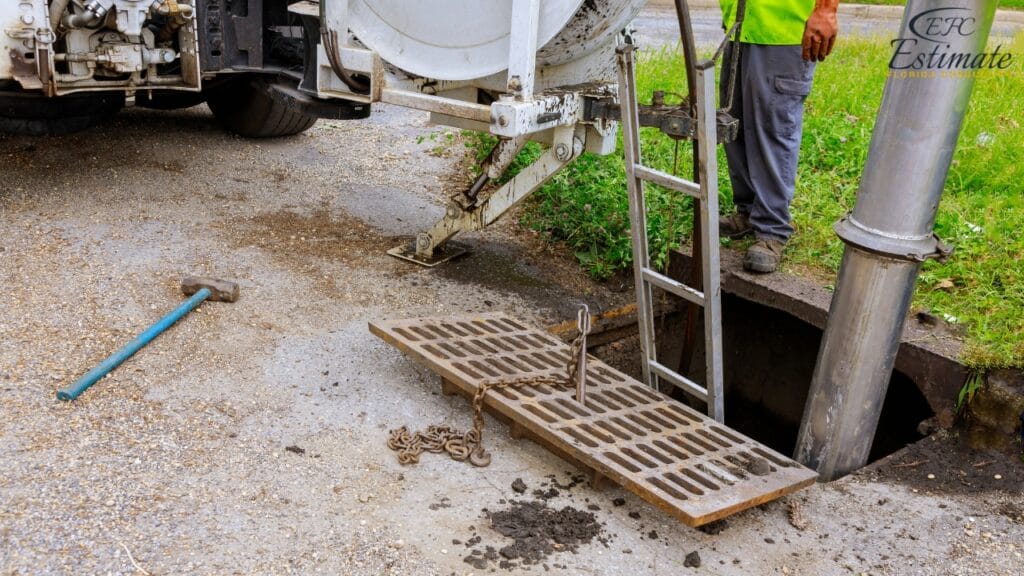
The cost of an exterior drain to divert surface water in the backyard ranges from $1,000 to $4,000, while deep weeping tile or footing drains to block and redirect groundwater range from $6,000 to $15,000.
Type | Average Cost |
Curtain Drain | $1,000 – $4,000 |
Perimeter / Weeping Drain Tile | $6,000 – $15,000 |
Curtain drains cost $10 to $25 per linear foot or between $1,000 and $4,000 for installation. This cost varies based on the number of collection boxes, the length of the run, and any tunneling required under sidewalks or other obstacles.
A curtain drain is a shallow, 2-foot-wide exterior French drain that collects surface water and prevents pooling around the home. It can connect to a larger backyard drainage system.
The cost for installing exterior weeping drain tile typically ranges from $1,500 to $4,000 per side of the house, leading to a total of $6,000 to $15,000. This cost varies based on excavation depth, foundation repairs, waterproofing needs, and any landscaping considerations.
An exterior footing drain requires excavation down to the footings (4 to 6+ feet), where a waterproofing coating or membrane is applied to the foundation walls before installing a perforated PVC pipe next to the foundation. The excavation is then filled with drainage gravel.
Sloped lots use gravity to direct drainage to an exit point or storm drain. In cases where this is not possible, a sump pump may be necessary to move water away from the foundation.
It is important to note that exterior drain tiles are generally more expensive than interior drain tiles due to the extensive excavation and waterproofing required to prevent water from entering the basement or crawl space. Basement waterproofing adds an additional cost of $6 to $15 per square foot for sealing the foundation permanently.
Installing a residential drainage system can vary significantly in cost based on several factors. Understanding these can help homeowners make informed decisions about their drainage needs. Below are the primary cost factors associated with installing a home drainage system:
Combining drainage work with other landscaping and plumbing projects can lead to time and cost savings. Here are some average costs for additional drainage-related projects:
Project | Average Cost |
Install Sprinkler System | $1,800 – $5,200 |
Install Sump Pump | $500 – $1,200 |
Install Gutters | $750 – $2,300 |
Foundation Repair | $2,300 – $6,800 |
Basement Waterproofing | $4,500 – $15,500 |
Install Landscaping | $2,000 – $4,000 |
When considering landscaping along with drainage installation, here are average costs for various landscaping projects:
Work | Average Cost Per Square Foot |
Yard Reseeding | $0.04 – $0.18 |
Lawn Fertilization | $0.02 – $0.06 |
Install Sod | $1.00 – $2.00 |
Concrete Work | $5.00 – $10.00 |
Fill Dirt & Topsoil Delivery | $0.10 – $0.50 |
The type of pipes used in the drainage system also affects costs. Here’s a breakdown of average costs per linear foot for various drainage pipe materials:
Material | Cost Per LF | Description |
PVC | $2.00 – $20.00 | 4 – 12 inch diameter; sewer quality |
Polyethylene | $1.00 – $12.50 | 3 – 12 inch diameter; flexible drainage tubing |
Hi-Q Drainage Pipe | $1.85 – $2.15 | 4 – 6 inch diameter; corrugated high-density |
Concrete | $14.50 – $22.50 | 6 – 12 inch diameter; smooth wall; non-reinforced |
Perforated Concrete | $15.00 – $20.00 | 6 – 8 inch diameter; non-reinforced |
Corrugated Metal Pipe | $20.50 – $23.00 | 8 – 12 inch diameter; galvanized |
When planning for drainage installation, it’s essential to factor in permit costs. The average cost for various permits includes:
The cost to install a sump pump, often in conjunction with a French drain, typically ranges from $4,000 to $15,000, depending on the basement’s perimeter size and the number of sump pumps needed.
For installations connecting to existing systems, the average cost ranges from $600 to $2,500.
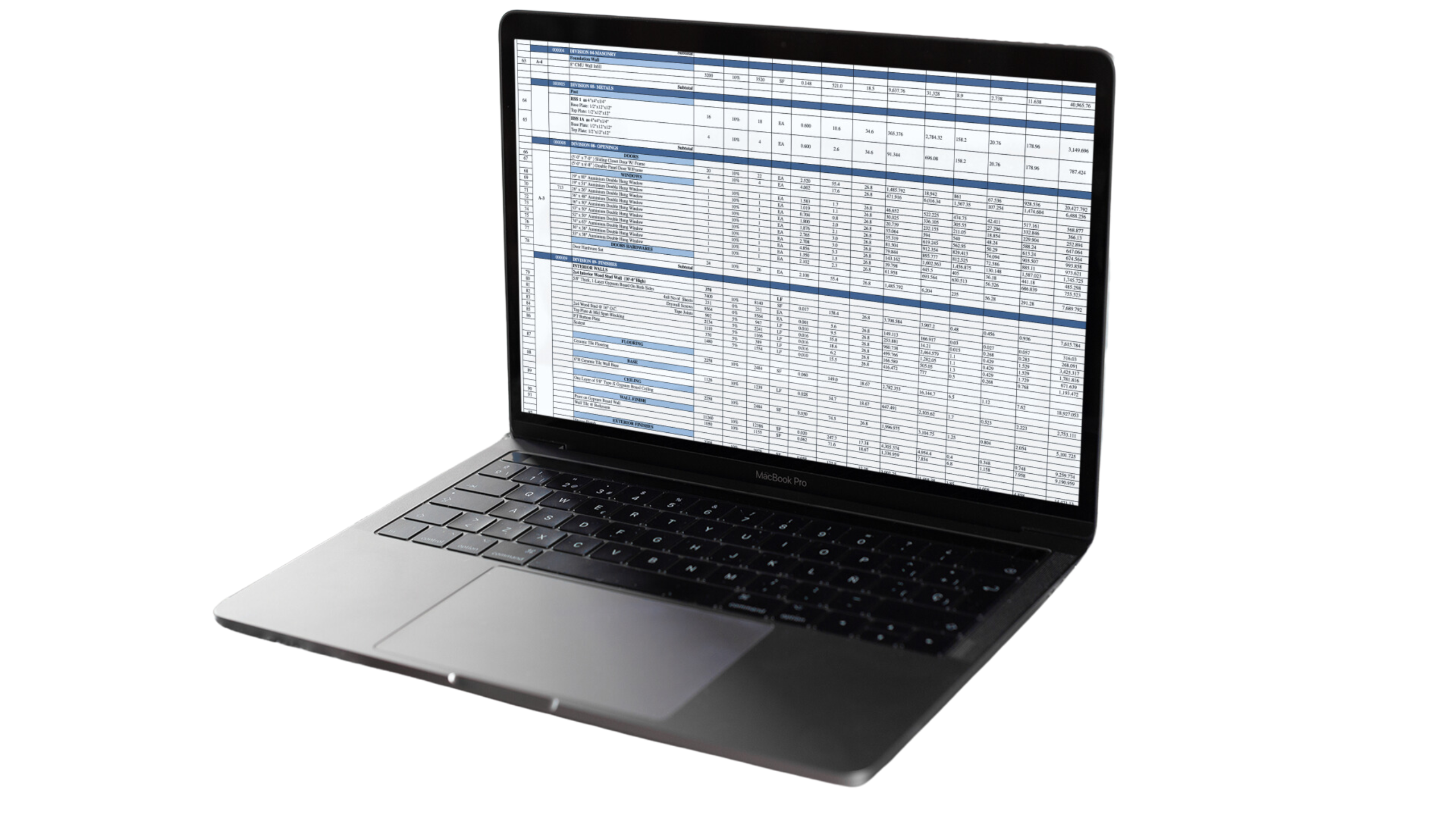
Installing a drainage system as a DIY project can be a cost-effective solution for homeowners. However, it requires careful planning, the right materials, and a considerable investment of time and effort. Here’s a detailed breakdown of the costs involved and the steps for installation.
The average cost for a DIY drainage installation is typically $4 to $8 per linear foot. For a complete home and yard drainage kit, you can expect to spend between $200 and $800 for tools and materials.
DIY underground drainage projects usually take 1 to 2 days and are labor-intensive, requiring some level of expertise to ensure the system functions properly and lasts.
To ensure a durable drainage system, you will need the following materials, along with their average costs:
Material | Average Cost |
Clean Gravel or Crushed Stone | $15 – $75 per yard |
Permeable Landscape Fabric | $20 – $50 per 100′ roll |
Rigid Plastic Perforated Drain Pipe | $0.60 – $2.00 per foot |
Drain Pipe Fittings | $3 – $10 each |
Downspout Leaf Separators | $5 – $15 each |
Catch Basin | $20 – $70 each |
Trencher Rental | $100 – $200 per day |
Backhoe Rental | $200 – $350 per day |
Machine Operator | $50 – $100 per hour |
While DIY drainage installation can save money, hiring a professional is often recommended due to the following benefits:
If you decide to undertake a DIY installation, follow these steps for an effective yard drainage system:
When faced with drainage problems in your yard, it's advisable to contact professionals such as landscapers, plumbers, or waterproofing companies experienced in drainage solutions. They can custom-design the best drainage system to address your specific water-management issues.
Standard homeowners' insurance policies typically do not cover damage from flooding. Most policies only cover water damage originating from internal sources, excluding exterior groundwater issues. It’s essential to review your policy or consult your insurance provider for specific coverage details related to drainage.
The depth of a drainage system depends on the severity of the drainage problem:
On average, installing a basic drainage system (such as downspout extension piping or a curtain drain) takes 1 to 2 days. More complex projects that involve longer lengths of pipe can take up to 2 weeks. The installation duration depends on the project's size, complexity, drain depths, and soil type.
The optimal time for installing a drainage system is during dry, warm weather. Ideally, temperatures should be above 40°F at night to prevent water from freezing. This ensures that contractors can effectively inspect and repair the subgrade, asphalt, and concrete.
Signs that a drainage system may not be functioning correctly include water accumulation in your yard or basement. Common methods to test your drainage system include:
Common indicators of drainage issues in your backyard include:
Persistent water pooling may indicate hidden leaking pipes underground, with average repair costs ranging from $150 to $850.
A professionally installed drainage system can last anywhere from 15 to 40 years with proper maintenance. To ensure longevity, consider the following:
Most exterior drains typically cover an area ranging from 10 to 100 feet long and 6 inches wide, sloping down to a depth of 16 inches or deeper. Interior basement French drains are often similar in length to the perimeter of the basement or slightly larger.
A drain must have an exit point to effectively remove standing water and prevent flooding. The water is usually directed down a gradual slope into a:
In some cases, stormwater may be permitted to flow into city irrigation ditches with approval from the local water department.
At Estimate Florida Consulting, we offer detailed cost estimates across all major trades, ensuring no part of your project is overlooked. From the foundation to the finishing touches, our trade-specific estimates provide you with a complete and accurate breakdown of costs for any type of construction project.
We take pride in delivering accurate, timely, and reliable estimates that help contractors and builders win more projects. Our clients consistently praise our attention to detail, fast turnaround times, and the positive impact our estimates have on their businesses.
Estimate Florida Consulting has helped us win more bids with their fast and accurate estimates. We trust them for every project!
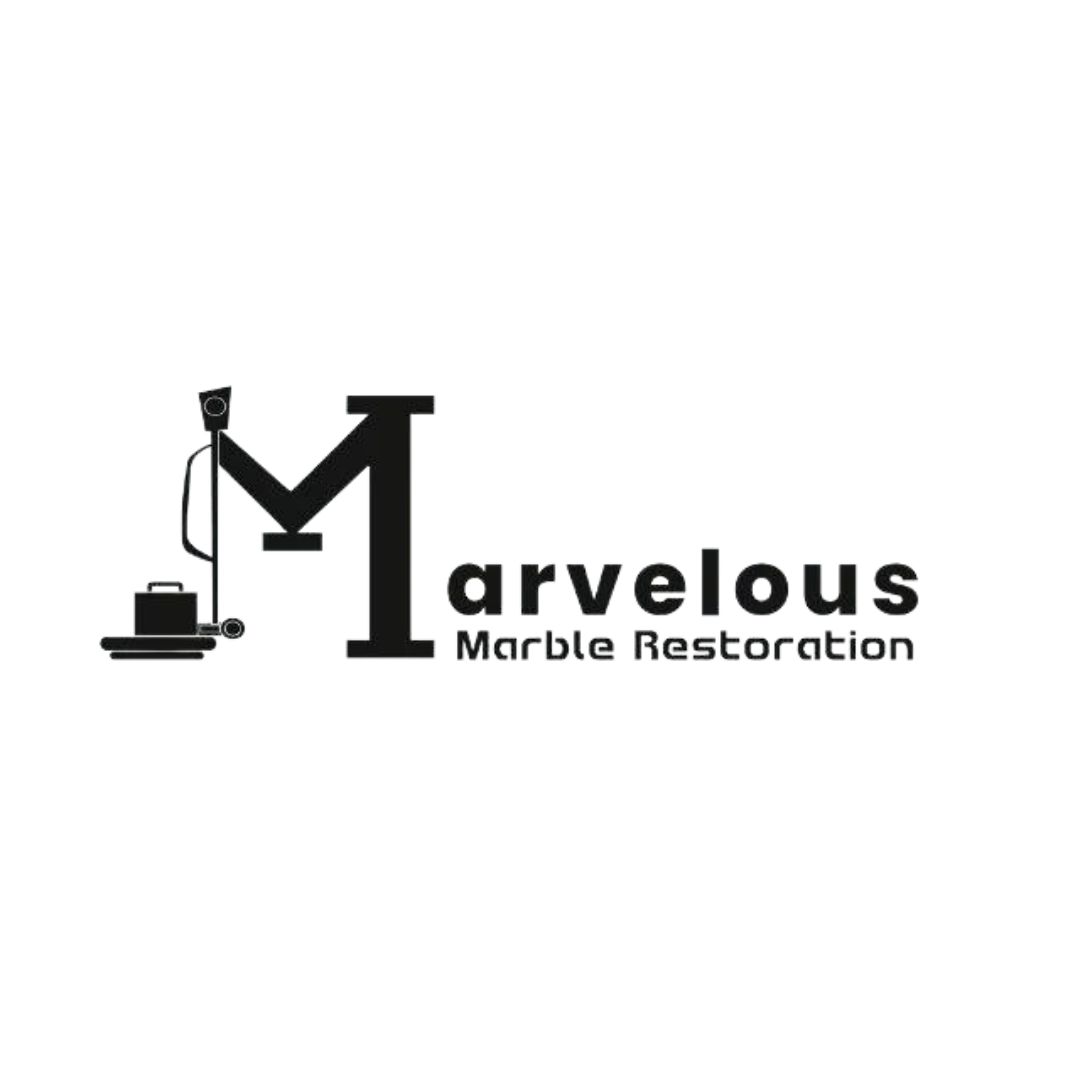
Submit your project plans, blueprints, or relevant documents through our online form or via email.
We’ll review your project details and send you a quote based on your scope and requirements.
Confirm the details and finalize any adjustments to ensure the estimate meets your project needs.
Receive your detailed, trade-specific estimate within 1-2 business days, ready for your project execution.

561-530-2845
info@estimatorflorida.com
Address
5245 Wiles Rd Apt 3-102 St. Pete Beach, FL 33073 United States
561-530-2845
info@estimatorflorida.com
Address
5245 Wiles Rd Apt 3-102 St. Pete Beach, FL 33073 United States
All copyright © Reserved | Designed By V Marketing Media | Disclaimer